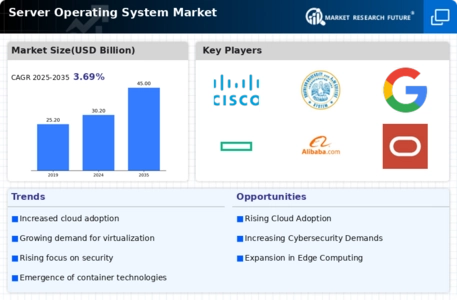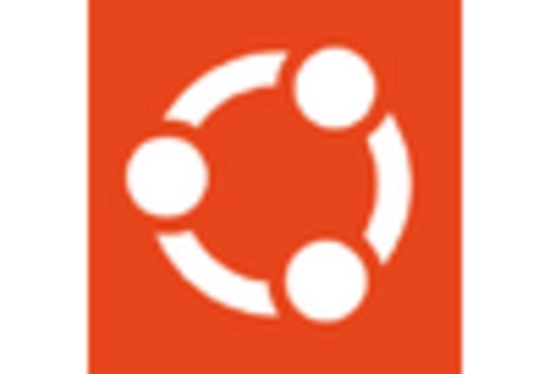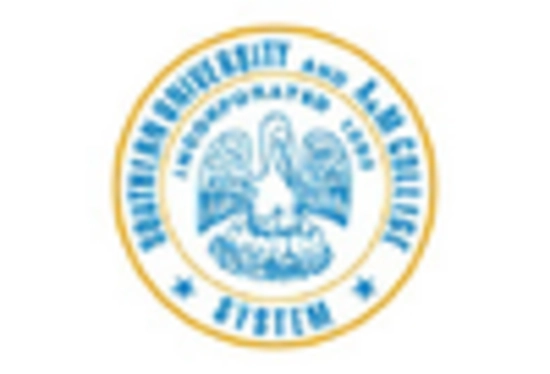Market Trends
Key Emerging Trends in the Server Operating System Market
Containers, as virtual runtime environments, operate atop a single operating system (OS) kernel, simulating an operating system, rather than focusing on virtualizing the underlying hardware—a process typical of traditional virtualization methods. These containers, managed by a container engine, facilitate resource allocation, enforce spatial isolation and security, and offer scalability by enabling the seamless addition of containers. One of the fundamental advantages of container-based virtualization lies in its potential to reduce hardware costs through consolidation. By leveraging containers, businesses can optimize hardware utilization, avoiding the need for separate operating systems for individual applications or processes. This consolidation minimizes infrastructure requirements while still offering efficient and isolated runtime environments for diverse applications. Moreover, containers harness the power of multicore hardware architectures, enabling software to leverage concurrency effectively. This optimized utilization of hardware resources enhances the overall performance of applications, making them more responsive and efficient. The portability conferred by containers is another significant advantage. Users can effortlessly migrate applications across various environments, ensuring consistent operation regardless of the underlying infrastructure. This portability is especially advantageous in cloud computing scenarios, where the flexibility to scale and access additional resources on-demand is crucial. In the realm of OS container-based virtualization, the capacity to work on multiple applications simultaneously is a remarkable asset. Containers facilitate the seamless execution of diverse applications concurrently, streamlining workflow and enhancing productivity for users handling multiple tasks. Enterprises and government organizations are increasingly leveraging containers for modernizing and migrating existing applications to contemporary environments. The process involves transforming or refactoring traditional applications to operate efficiently within containerized environments, optimizing performance and scalability while ensuring compatibility with modern architectures. Additionally, the architecture of distributed applications and microservices benefits significantly from containers. These modular building blocks facilitate easier isolation, deployment, and scaling of individual components, fostering agility and flexibility in managing complex application ecosystems. One of the compelling functionalities offered by containers is their support for DevOps practices, particularly in continuous integration and deployment (CI/CD). Containers streamline the development process, providing a consistent and reliable environment from development to deployment, ensuring seamless transitions and faster iteration cycles. Moreover, containers find extensive deployment in supporting various background processes, such as ETL functions or batch jobs. Their ability to encapsulate specific functionalities enables efficient execution of such tasks, contributing to smoother operations across diverse domains. In conclusion, the adoption of containers heralds a paradigm shift in modern computing, offering unparalleled advantages in terms of resource utilization, portability, scalability, and operational efficiency. The transformative power of containers extends across diverse sectors, facilitating the migration and optimization of existing applications, empowering distributed architectures, and fostering streamlined DevOps practices. As businesses increasingly harness the potential of containerization, they are poised to achieve greater agility, innovation, and efficiency in their technological endeavors.









Leave a Comment